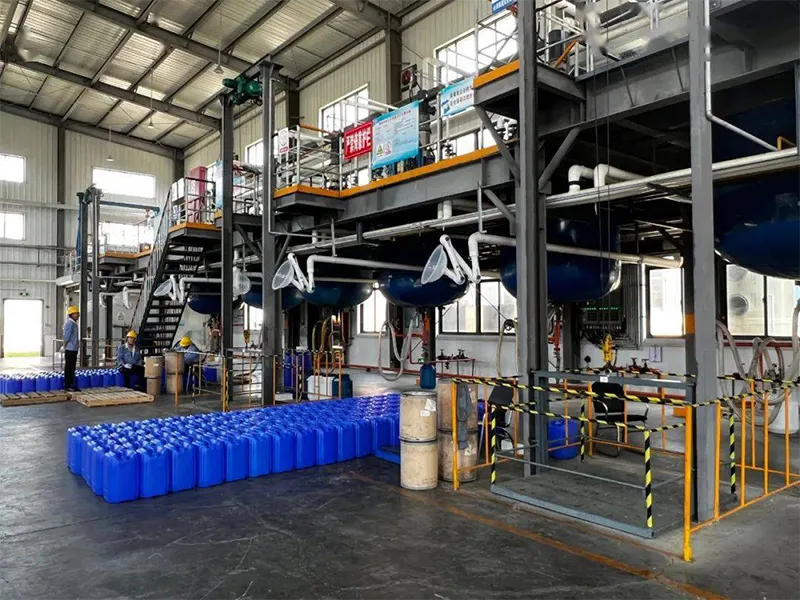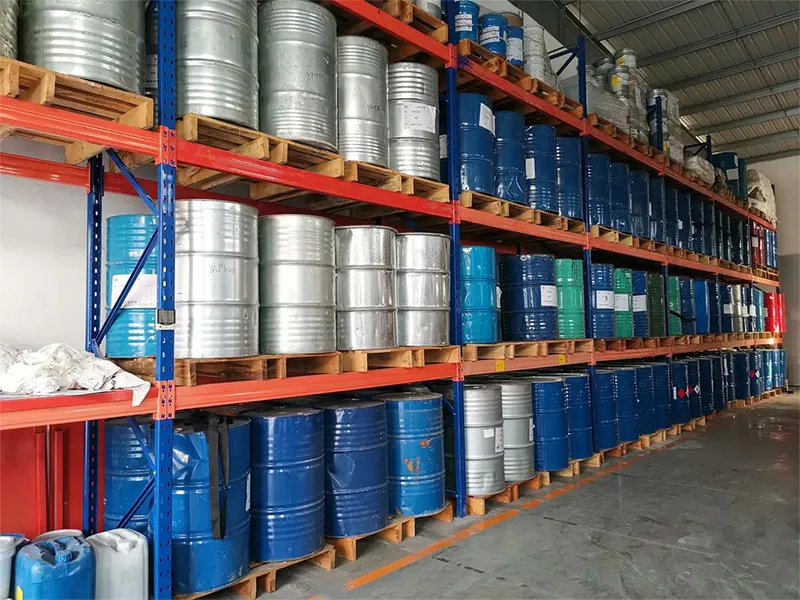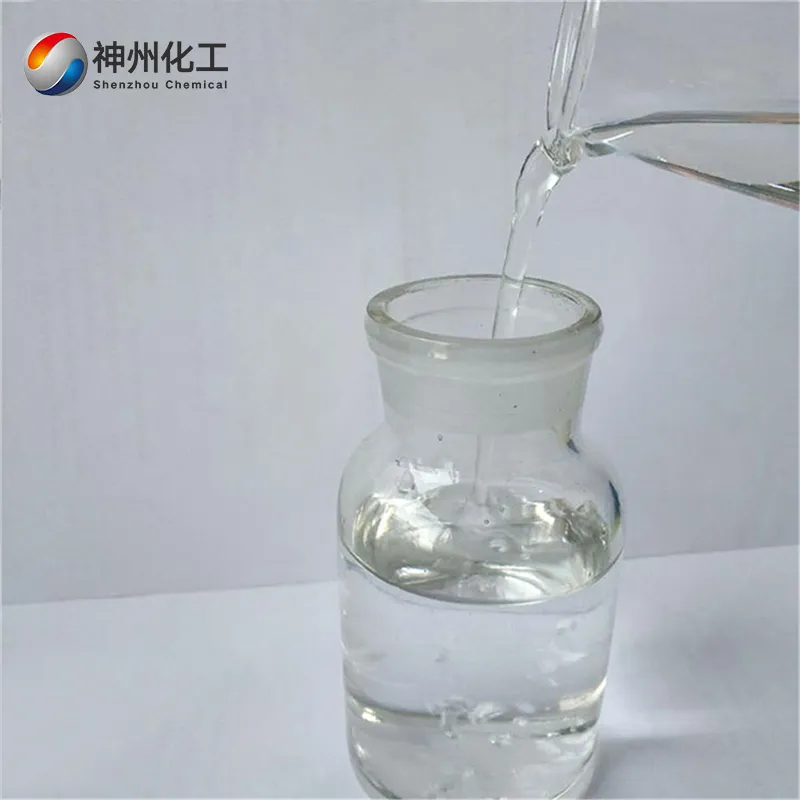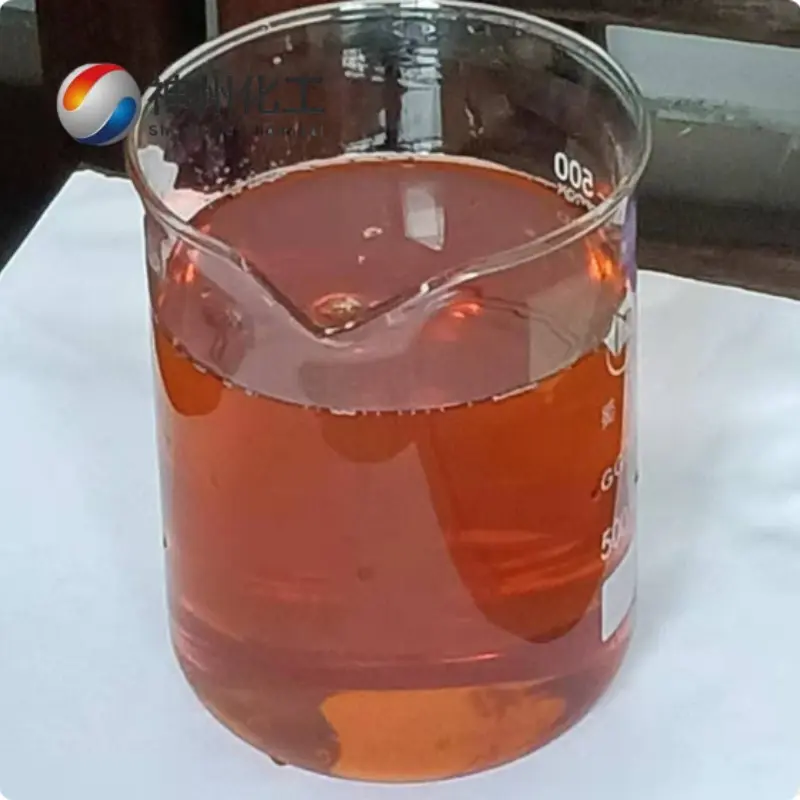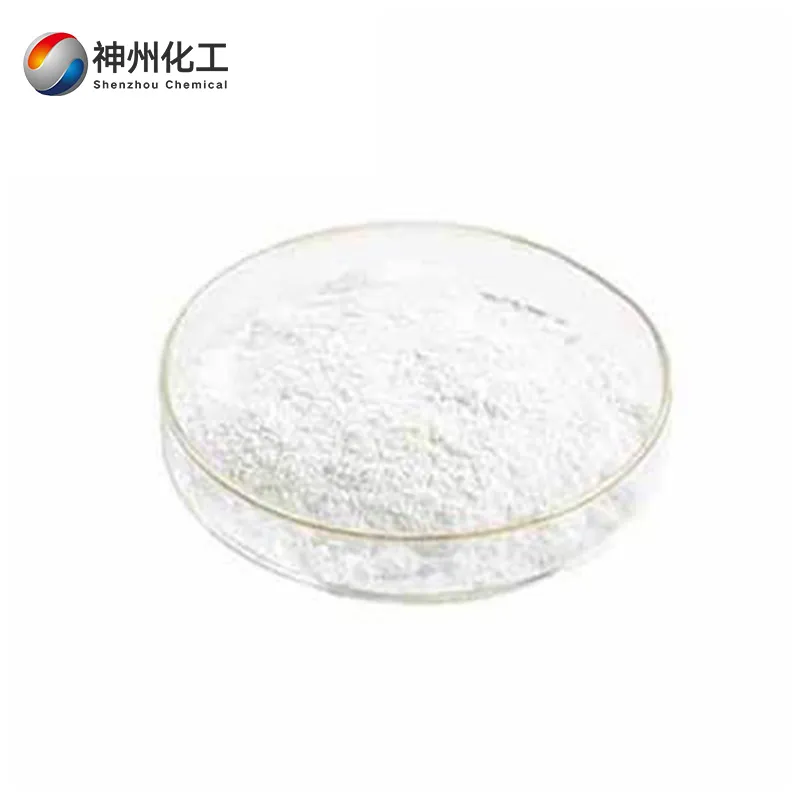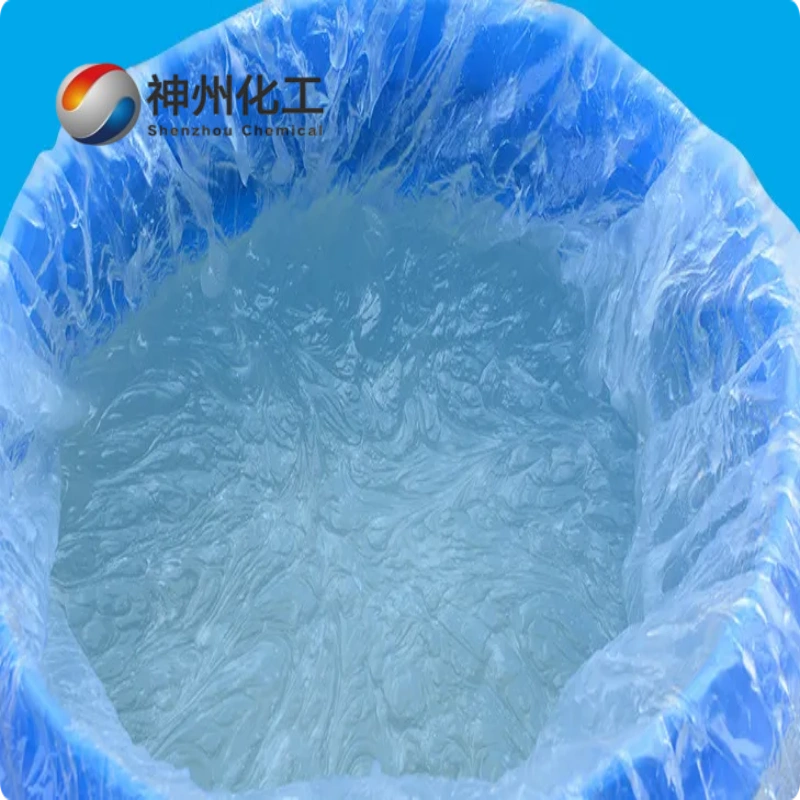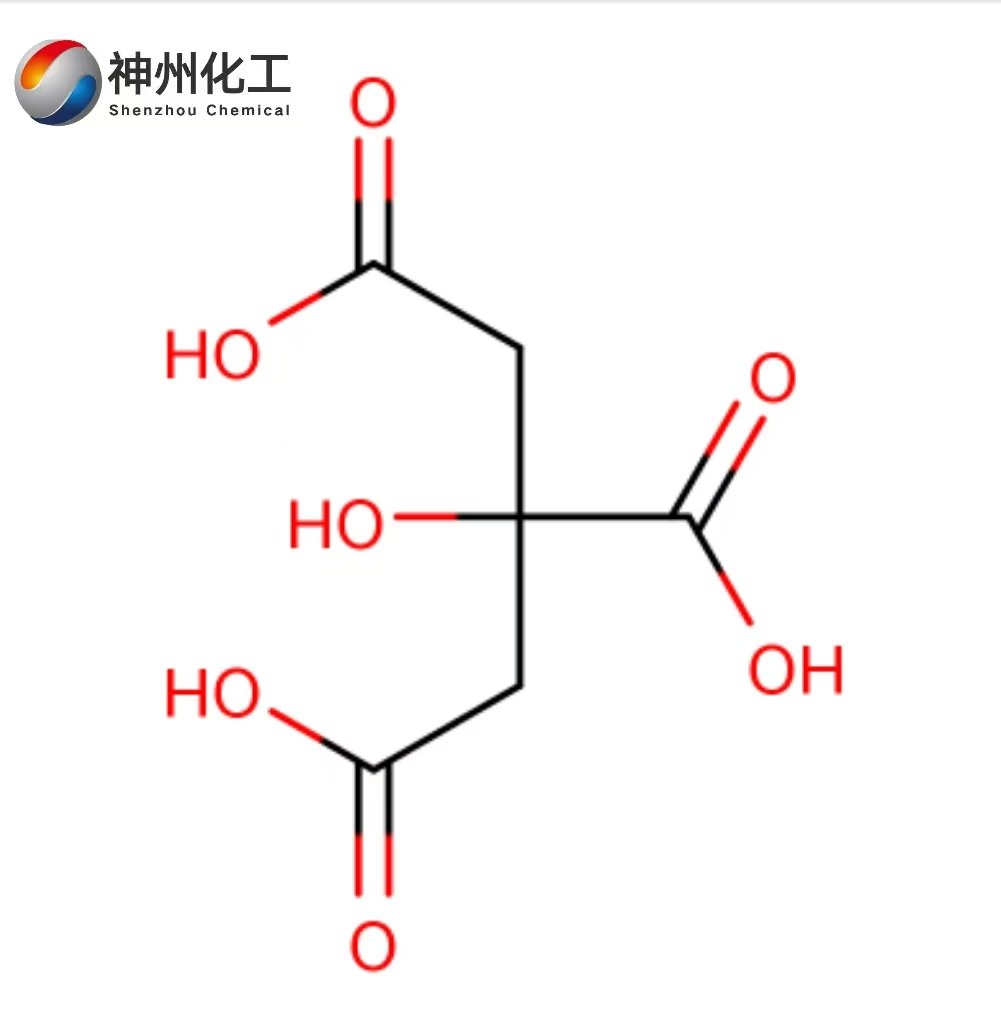Butyl Acetate 123-86-4
Have Any Questions?
Let our vertically integrated solutions – from Chinese manufacturing hubs to your local warehouse – become your competitive advantage.
- +86 13376344351
Leave Your Message
Butyl Acetate 123-86-4
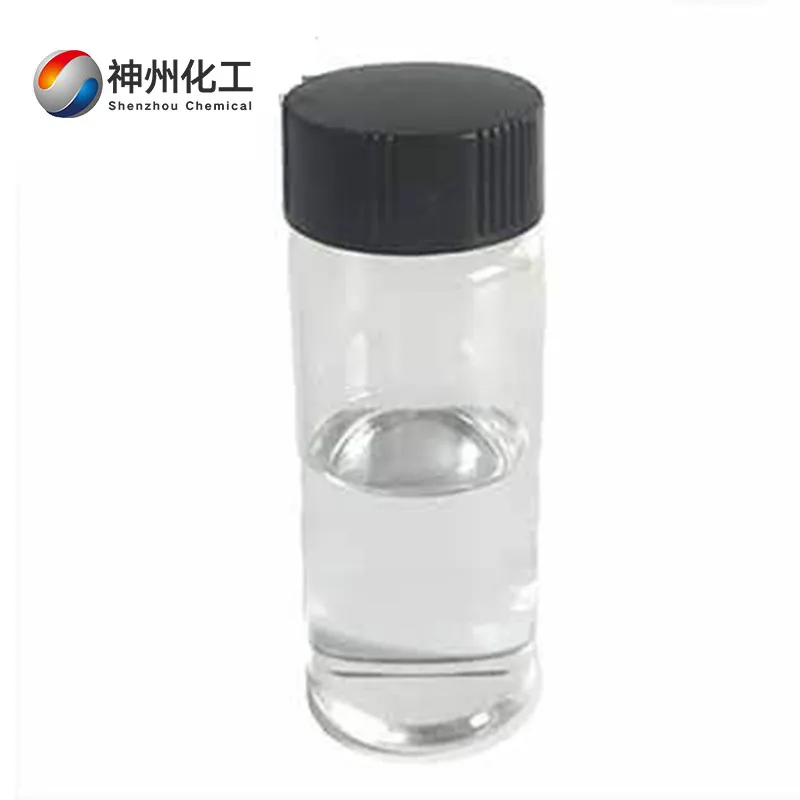
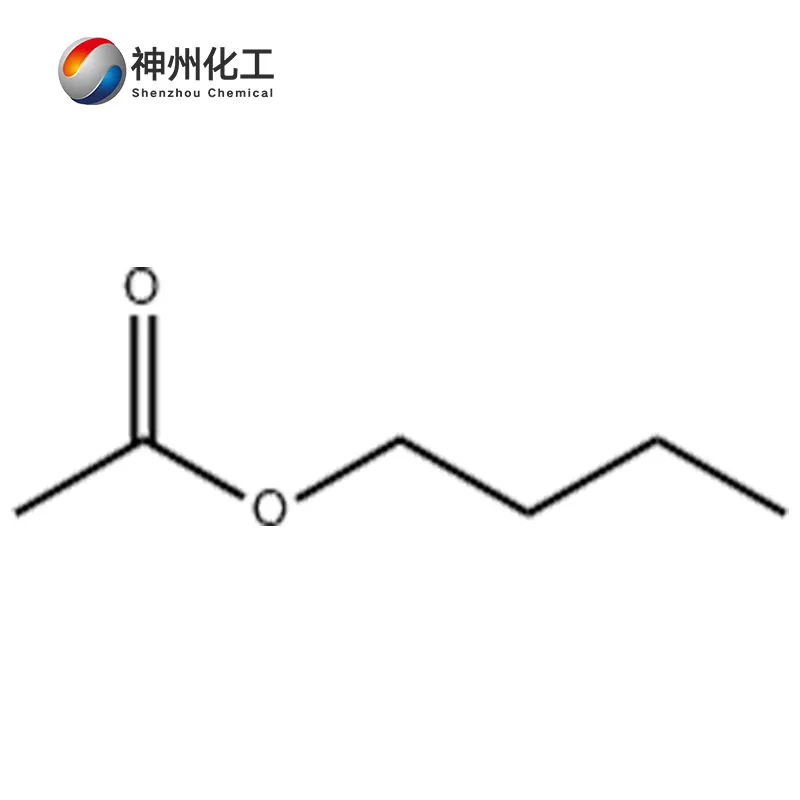
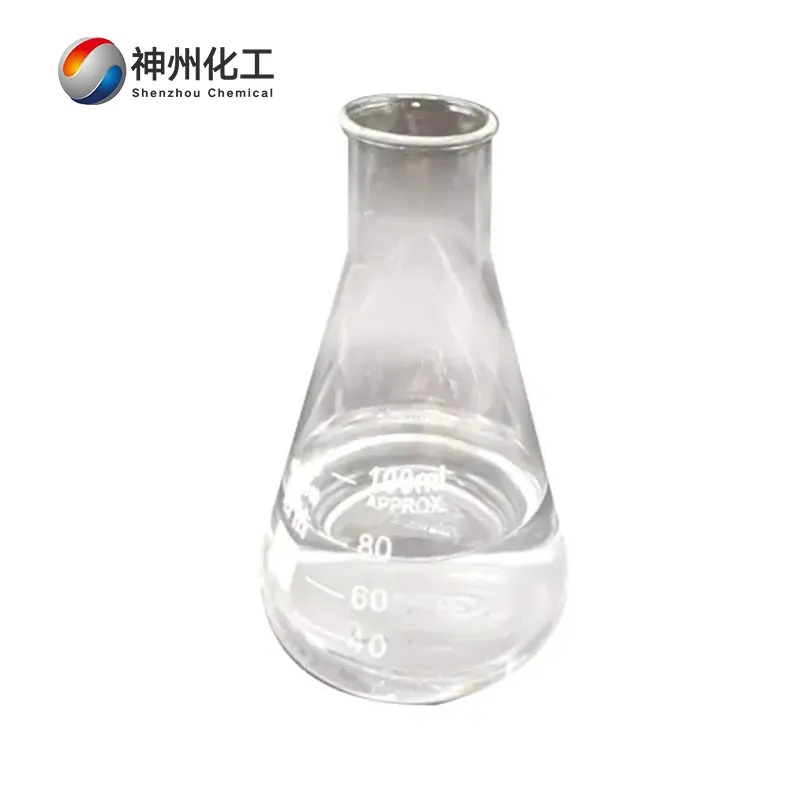
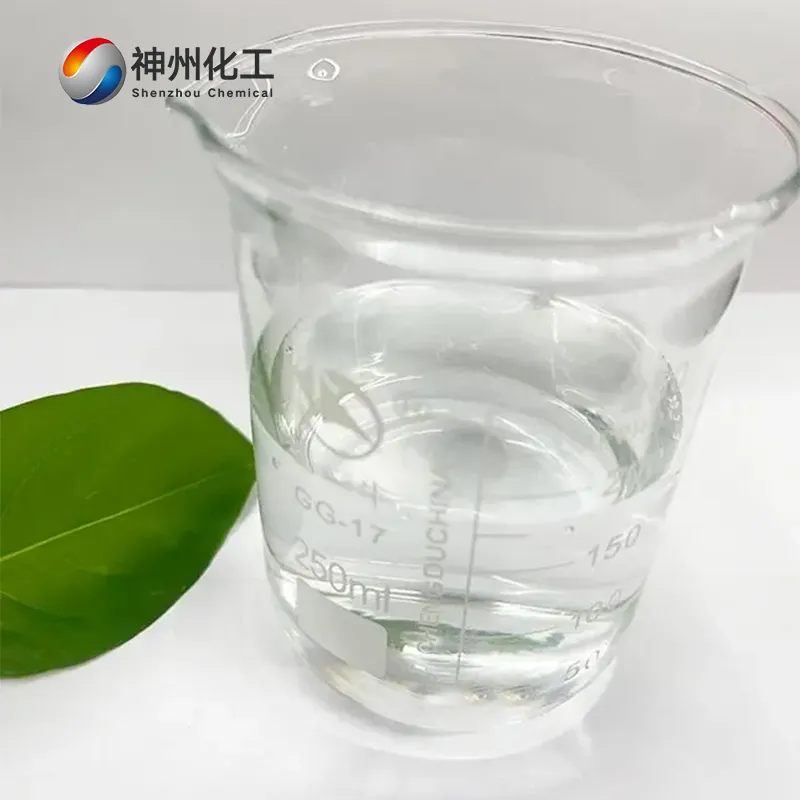
- Chemical Name:Butyl Acetate
- CAS No.:123-86-4
- Product Categories:Flavors And Fragrances
- Molecular Formula:C6H12O2
- Formula Weight:116.16
- Appearance:Colorless, transparent liquid
- Storage and transportation characteristics: low temperature, ventilation, dryness, waterproof, moisture-proof
- Type Of Transportation:By Air/By Sea/By Train/By Express
- Type Of Transportation:Available
- Chemical Name:Butyl Acetate
- CAS No.:123-86-4
- Product Categories:Flavors And Fragrances
- Molecular Formula:C6H12O2
- Formula Weight:116.16
- Appearance:Colorless, transparent liquid
- Storage and transportation characteristics: low temperature, ventilation, dryness, waterproof, moisture-proof
- Type Of Transportation:By Air/By Sea/By Train/By Express
- Type Of Transportation:Available




Product Description Of Butyl Acetate 123-86-4
Butyl Acetate 123-86-4 is a synthetic fragrance belonging to the carboxylic acid ester class, also known as butyl acetate. It is a colorless, transparent liquid with a strong fruity aroma. It is miscible with ethanol and ether in any proportion, soluble in most organic solvents, slightly soluble in water, with a solubility of 0.05 g in water.
Its vapor has a mild anesthetic effect, with an allowable concentration in air of 0.2 g/l. This compound has a strong fruity aroma, which, when diluted, gives off a pleasant pineapple- or banana-like fragrance. However, it has extremely poor persistence. It is naturally present in many vegetables, fruits, and berries (Chemicalbook).
Butyl acetate is rarely used in cosmetic fragrances but is primarily employed in food fragrance formulations. Butyl acetate has four isomers: n-butyl acetate, isobutyl acetate, sec-butyl acetate, and tert-butyl acetate. All of these are naturally occurring.
The most important among them are n-butyl acetate and isobutyl acetate. N-butyl acetate is a colorless, transparent liquid. It has a fruity aroma, with a spicy taste followed by sweetness.
It is highly volatile and flammable. It is naturally found in apples, bananas, cherries, grapes, peaches, plums, pears, tomatoes, and cocoa beans.
Chemical Properties Of Butyl Acetate 123-86-4
| Melting point | -78°C (lit.) |
| Boiling point | 124-126°C (lit.) |
| Density | 0.88 g/mL at 25 °C (lit.) |
| Vapor density | 4 (vs air) |
| Vapor pressure | 15 mm Hg (25 °C) |
| Refractive index | n20/D 1.394(lit.) |
| FEMA | 2174 | BUTYL ACETATE |
| Flash point | 74°F |
| Storage conditions | Store at +5°C to +30°C. 5 |
| Solubility | .3g/l |
| Form | Liquid |
| Color | <10(APHA) |
| Specific gravity | 0.883 (20/20°℃) |
| Odor | At low concentrations, it has a pleasant fruity aroma. |
| pH value | 6.2 (5.3g/l, H2O, 20C)(External MSDS) |
| Explosion limit value (explosion svl) | 1.4-7.5%(V) |
| Odor threshold (Odor T hs) | 0.016ppm |
| Fragrance type | ethereal |
| Biological origin | synthetic |
| Water solubility | 0.7 g/100 mL (20°C) |
| Freezing point | -77.9℃ |
| Maximum wavelength(λmax) | λ: 254 nm Amax: 1.0 λ: 260 nm Amax: 0.20 λ: 300 nm Amax: 0.02 λ: 275 nm Amax: 0.04 λ: 320-400 nm Amax: 0.01 |
| JECFA Number | 127 |
| Merck | 141,535 |
| BRN | 1741921 |
| Henry’s Law Constant | 5.79 at 37 °C (static headspace-GC, van Ruth et al., 2001) |
| Exposure limit | TLV-TWA 150 ppm (~710 mg/m3) (ACGIH, MSHA, and OSHA); TLV-STEL 200 ppm (~950 mg/m3); IDLH 10, 000 ppm (NIOSH). |
| Dielectric constant | 5.0 (20°℃) |
| Stability | Stable. Flammable. Incompatible with strong oxidizers, strong acids, and strong alkalis. |
| InChlKey | DKPFZGUDAPQIHT-UHFFFAOYSA-N |
| LogP | 1.82-2.3 at 25℃ |
| Surface tension | 24.85mN/m at 298.15K |
| CAS Database | 123-86-4(CAS DataBase Reference) |
| NIST Chemical Substance Information | Acetic acid, butyl ester(123-86-4) |
| EPA Chemical Substance Information | n-Butyl acetate (123-86-4) |
Application of Butyl Acetate 123-86-4
It is an excellent organic solvent widely used in nitrocellulose lacquer, as a solvent in the processing of artificial leather, textiles, and plastics, and in the fragrance industry.
GB 2760-96 specifies it as an approved food-grade fragrance. As a fragrance, it is extensively used in the formulation of banana, pear, pineapple, apricot, peach, strawberry, and berry-type essences. It can also be used as a solvent for natural rubber and synthetic resins.
It is occasionally used in fruit-scented fragrances, primarily for its good diffusion properties, making it more suitable as a top note fragrance. However, it should be used in small quantities to avoid overpowering the overall effect. It can be used in large quantities in edible fragrances such as apricot, banana, peach, raw pear, pineapple, raspberry, and strawberry.
An excellent organic solvent, it has good solubility for cellulose acetate butyrate, ethyl cellulose, chlorinated rubber, polystyrene, methyl acrylate resin, and many natural resins such as tannin gum, Manila gum, and dammar resin. It is widely used in nitrocellulose varnish, as a solvent in the processing of artificial leather, textiles, and plastics, as an extractant in various petroleum processing and pharmaceutical processes, and in the formulation of fragrances and flavorings for apricots, bananas, pears, pineapples, and other aromatic agents.
Used in collodion, nitrocellulose, varnish, artificial leather, pharmaceuticals, plastics, and the fragrance industry. It is an excellent organic solvent capable of dissolving rosin, polyvinyl acetate, polyacrylate, polyvinyl chloride, chlorinated rubber, eucommia gum, and polymethyl methacrylate.
Used as an analytical reagent, chromatographic analysis standard material, and solvent.
A commonly used organic solvent for the determination of thallium, tin, and tungsten, the measurement of molybdenum and rhenium, and as an antibiotic extractant.
Packaging Method Of Butyl Acetate 123-86-4
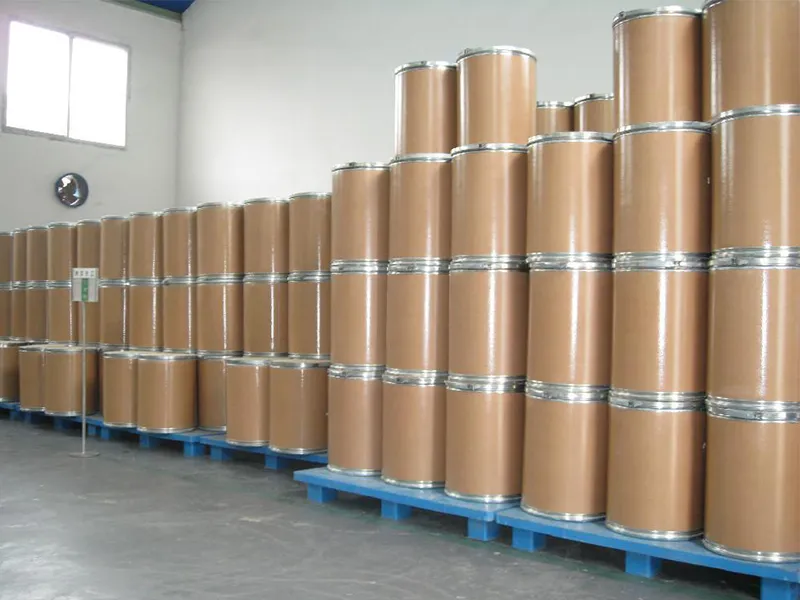
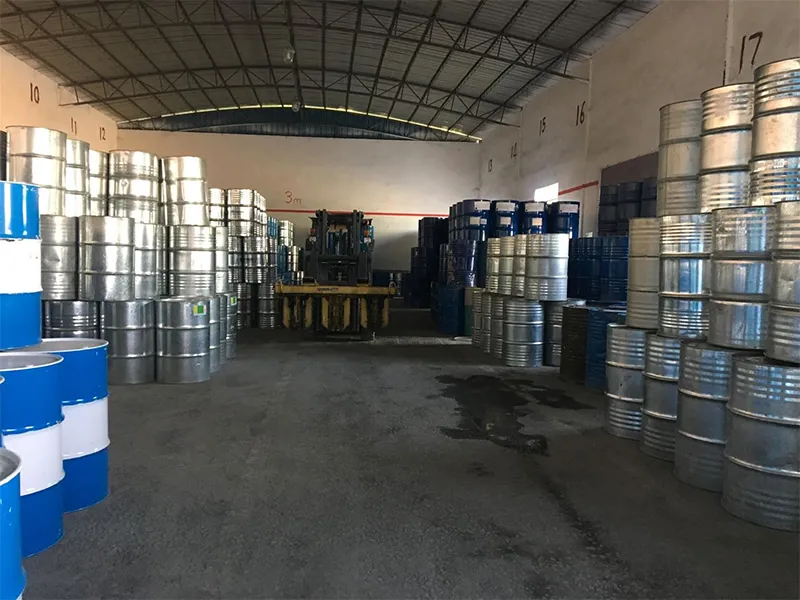
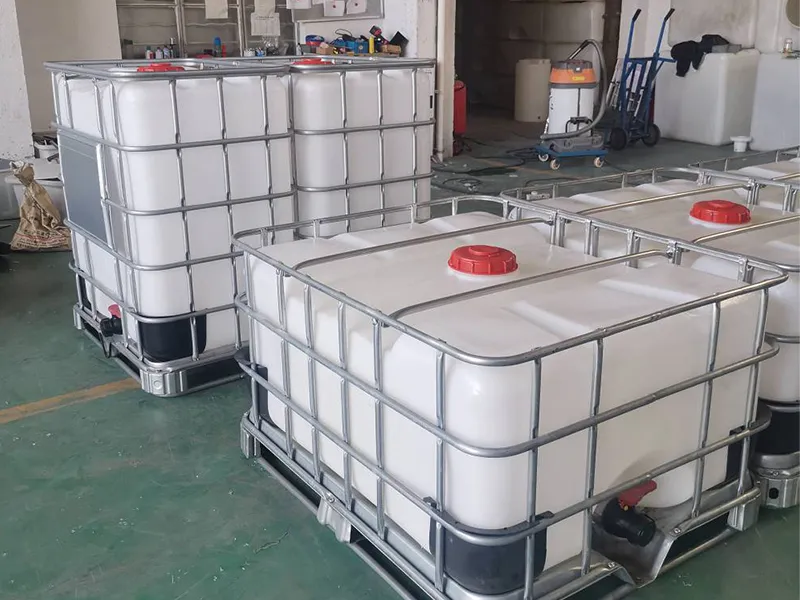

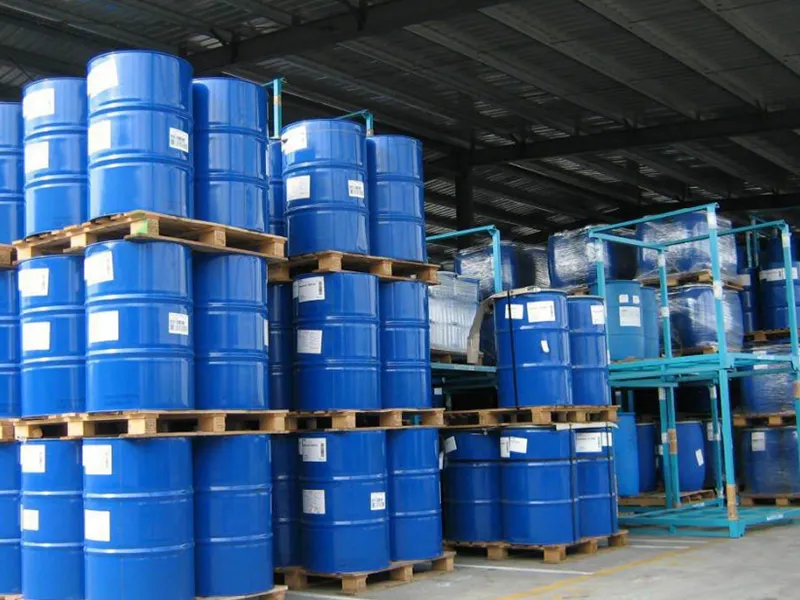
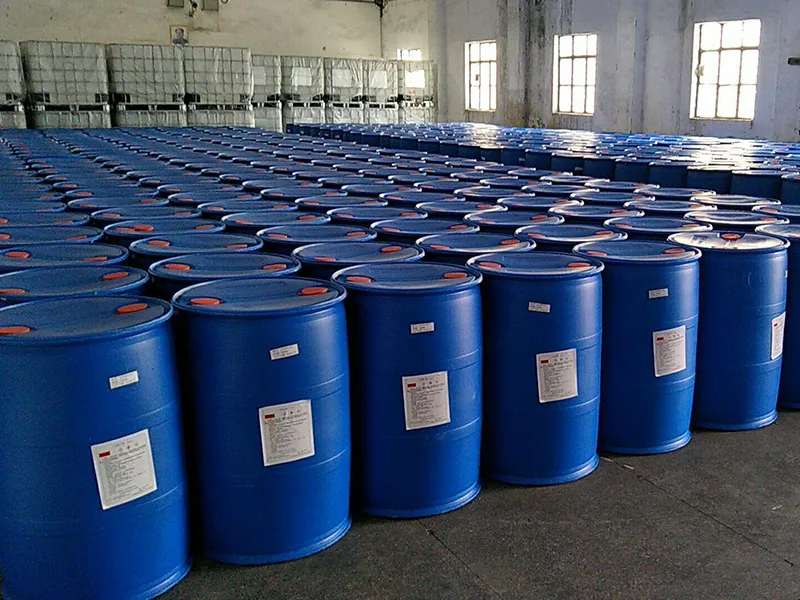
Factory Show

